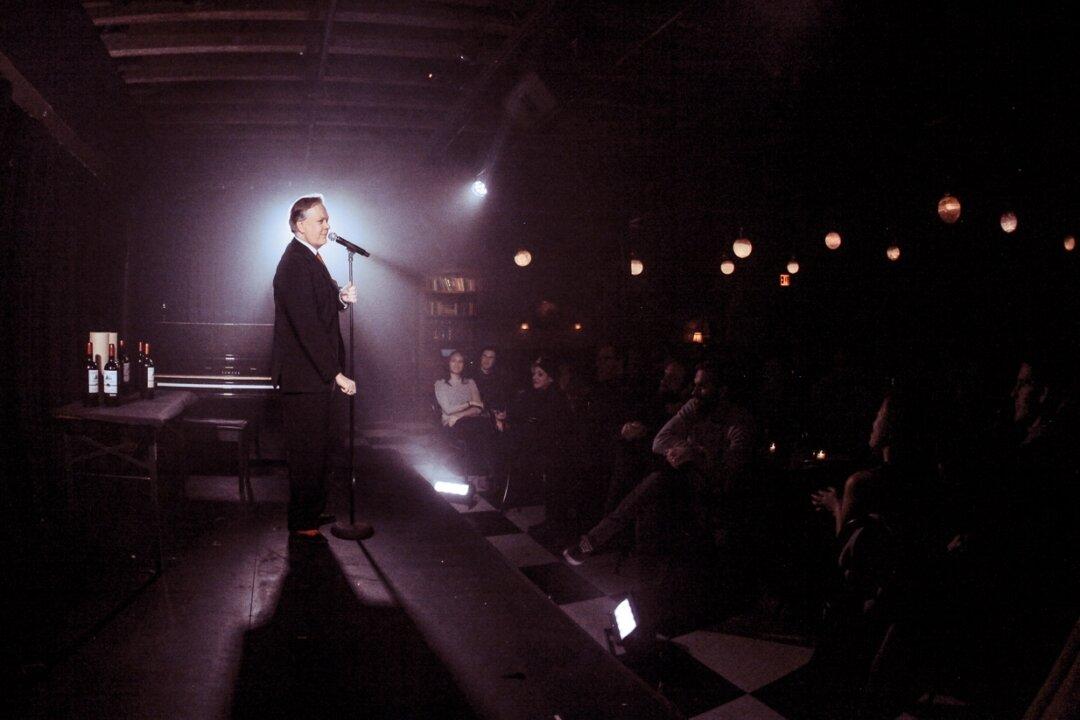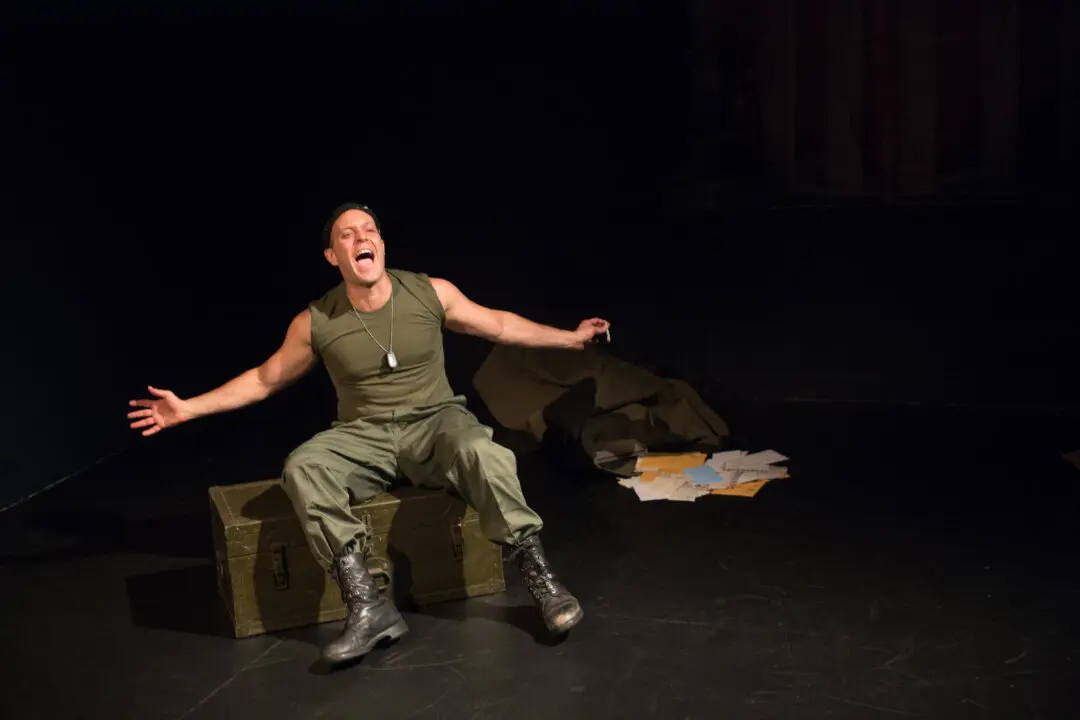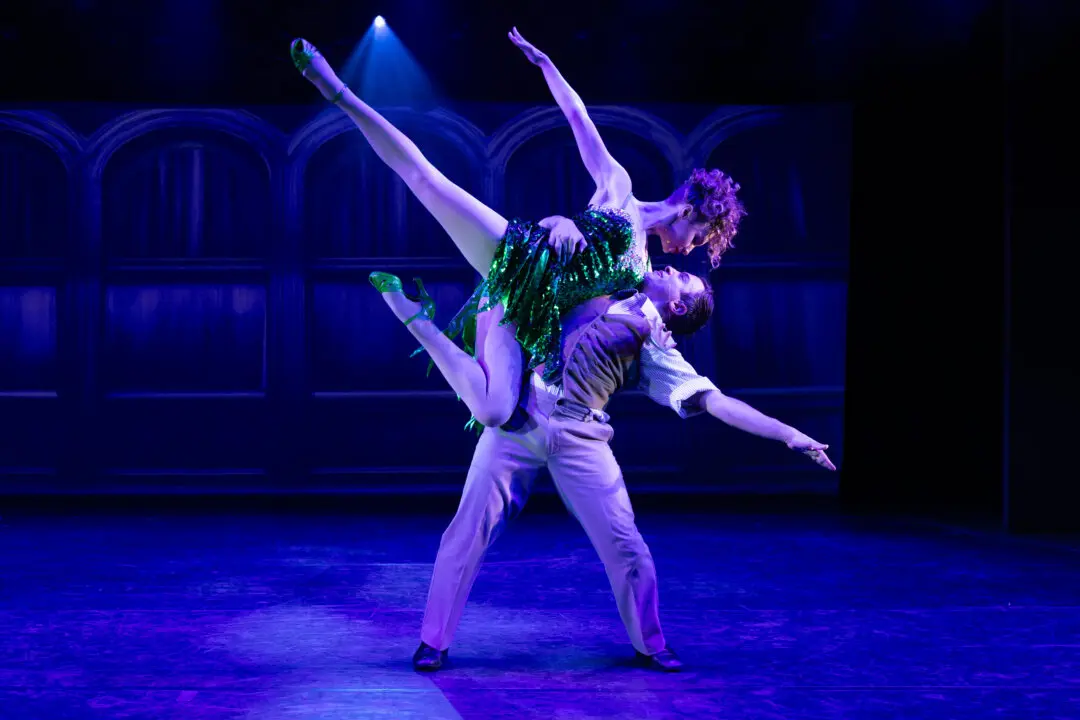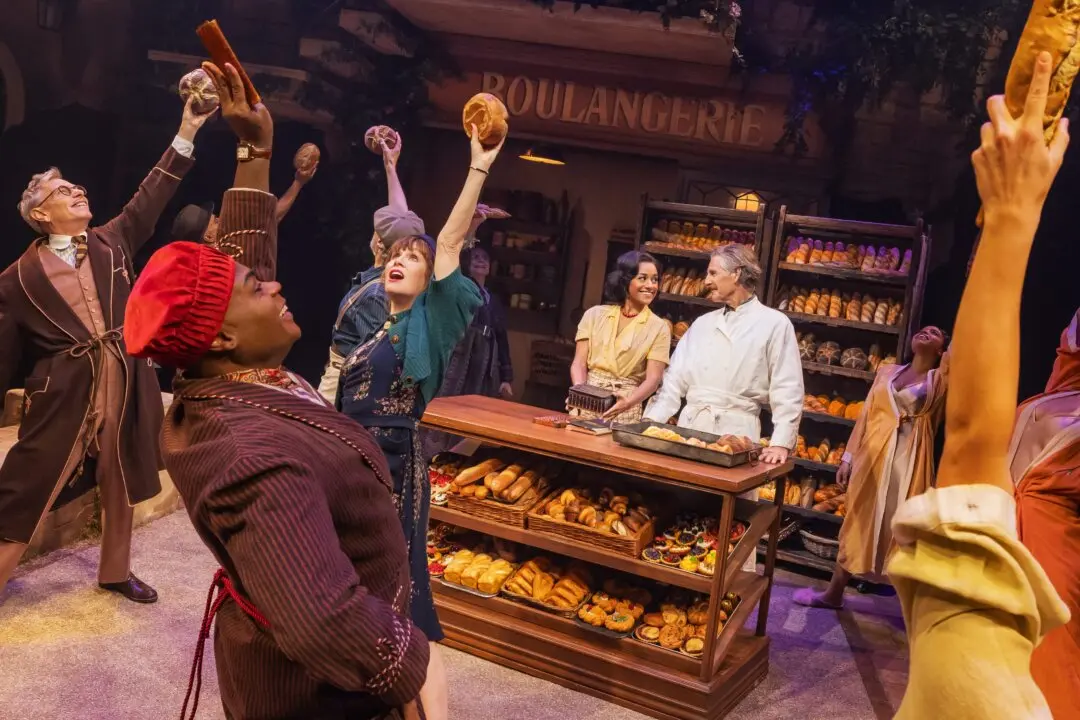NEW YORK—“Expect the unexpected” are words to live by at The McKittrick Hotel. The location is home to various flights of fancy and intricate sleights of hand, where the most important connections are made deep inside the audience’s imagination. This is especially true of “Speakeasy Magick,” an evening showcasing some amazing examples of prestidigitation, now at The McKittrick’s Club Car venue.
Acting as ringmaster for this thrice-weekly event is former carny and self-described con man and charlatan Todd Robbins. An amiable sort, he’s an expert in exploring and explaining the art of the con, while also demonstrating some rather interesting feats of his own. One of these involves a hammer, a six-inch steel nail, and part of the human anatomy. He also comes armed with some well-timed, very old puns that never fail to elicit a loud, albeit good-natured, groan from the audience.




